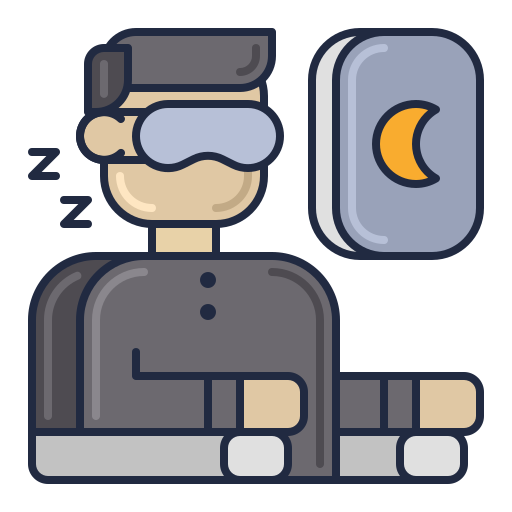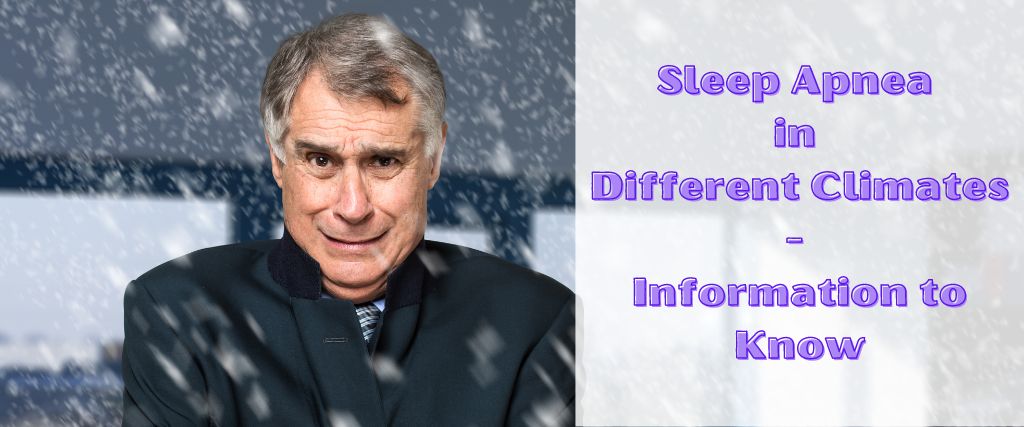Sleep apnea is a condition that affects millions of people worldwide. However, surprisingly, most people who suffer from it don’t realize that climate can affect their sleep treatment. In this post, we will go over how Sleep Apnea in different climates can affect your sleep therapy. We will also touch on how you can manage your treatment in various weather conditions.
The Weather and Sleep Apnea – Sleep Apnea in Different Climates
Different climate and weather conditions can significantly impact sleep apnea. For instance, cold weather can lead to nasal congestion, which can worsen sleep apnea symptoms.
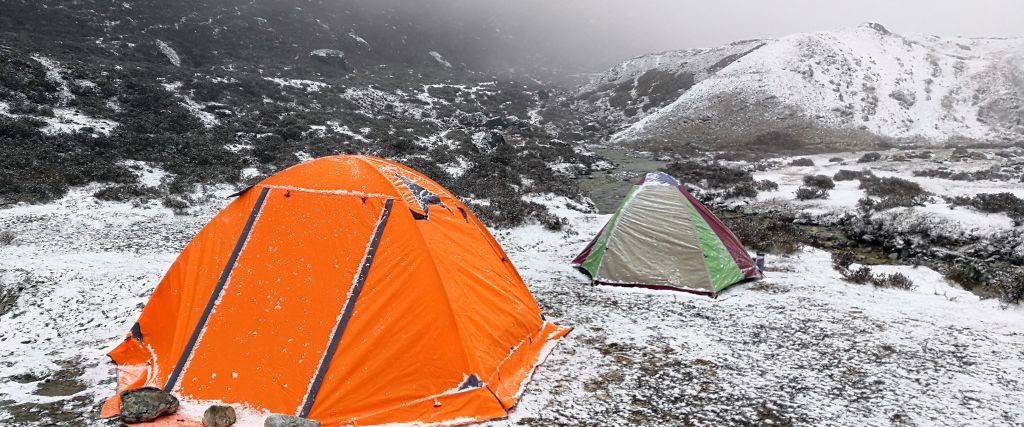
The weather can significantly impact sleep apnea. For instance, cold weather can lead to nasal congestion, which can worsen sleep apnea symptoms.
On the other hand, hot, humid climates can cause excessive sweating and discomfort. This can disrupt your sleep and potentially aggravate your condition.
Can sleep apnea be caused by the environment? – Sleep Apnea in Different Climates
Sleep apnea is primarily caused by physical factors such as a narrow airway or an enlarged tongue,. However, certain environmental conditions can cause similar symptoms. This includes pollution, high altitudes, and extreme temperatures.
Pollution in the air can irritate your respiratory system and make it more difficult to breathe properly. High altitudes can also cause breathing difficulties due to the decrease in oxygen levels.
This can worsen sleep apnea symptoms and lead to interruptions in breathing during sleep.
What is the best climate for sleep apnea?
Unfortunately, there is no one-size-fits-all answer to this question. The best climate for sleep apnea varies from person to person.
Some people may find that a warm and humid climate helps improve their symptoms, while others may prefer cooler temperatures.
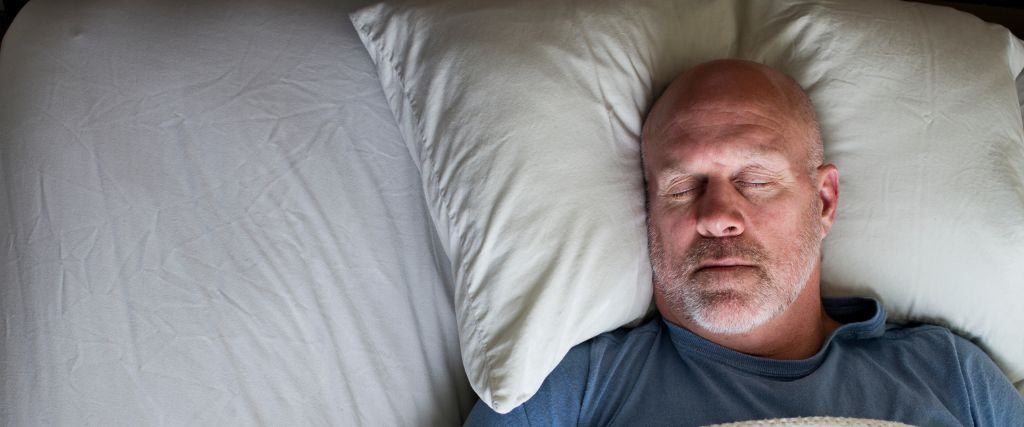
It’s essential to pay attention to how your body responds to different climates and make adjustments as needed.
How to Treat Your Sleep Apnea in Extreme Climates
Regardless of the climate you live in, it is crucial to manage your sleep apnea effectively. While it may seem like an inconvenience, there are things you can do to overcome obstacles caused by weather.
For those living in colder climates, using a humidifier can help alleviate nasal congestion. It also keeps your nose and mouth from drying up during sleep. As we know there is nothing worse than waking up to a cotton mouth.
If you live in a hot and humid climate, consider using air conditioning or a fan to keep your sleeping environment comfortable. You can also try using cooling bedding material and pajamas to prevent excessive sweating during the night.
In extreme temperatures, it’s essential to monitor your oxygen levels and make sure you have proper ventilation in your bedroom. It may also be helpful to consult with your doctor about adjusting your CPAP pressure settings if needed.
Utilizing a CPAP Machine in Certain Conditions
A CPAP machine is a common effective treatment for sleep apnea. Unfortunately, extreme climates can affect its performance.
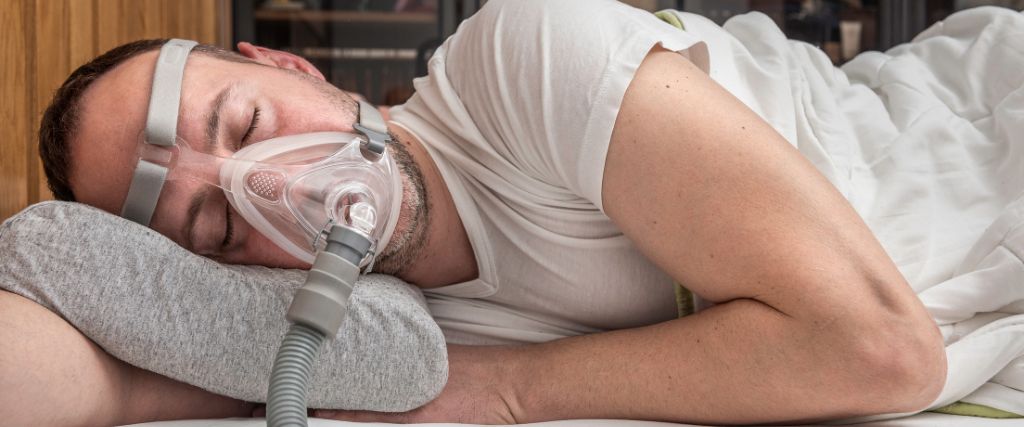
In colder climates, the air from the CPAP machine can become uncomfortably cold. Using a heated tube can help prevent this.
In hot and humid climates, the heat can cause the device to overheat and potentially malfunction. Using a device with temperature regulation or placing it in a well-ventilated area can help prevent this issue.
Tips on Dealing with Your Sleep Therapy While Traveling
If you are traveling to a different climate, it’s important to be prepared. In colder places, bring your heated tube and consider a travel-sized humidifier.
If you’re heading to a hotter location, pack a small fan or a portable dehumidifier. And remember, always keep your CPAP machine clean and dry to ensure it works effectively.
Here are some extra tips on traveling to extreme climates with your CPAP device:
- Check what weather conditions are going to be like in the area you are traveling to.
- Invest in a travel CPAP machine.
- Keep an eye on your device’s temperature and make adjustments if necessary.
- Bring a backup battery or power station in case the area you are traveling to has an outage due to weather.
Final Thoughts – Sleep Apnea in Different Climates
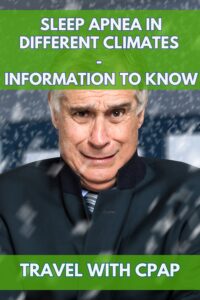
Managing sleep apnea can be challenging, especially when dealing with extreme climates. So, understanding how climate and weather affect your treatment is crucial.
It is always important to consult with your doctor before making any changes to your sleep therapy. They can provide personalized advice and recommendations based on your specific condition and needs.
Remember to pay attention to how different climates affect you and your sleep treatment. B taking necessary precautions, you can successfully manage your sleep apnea in any weather condition.
Don’t let the climate stop you from getting a good night’s rest. Stay informed, stay proactive, and keep yourself well-rested for better travel.
Check Out Our Post Below:
Latest Sleep Apnea Devices – The Future of OSA Therapy
